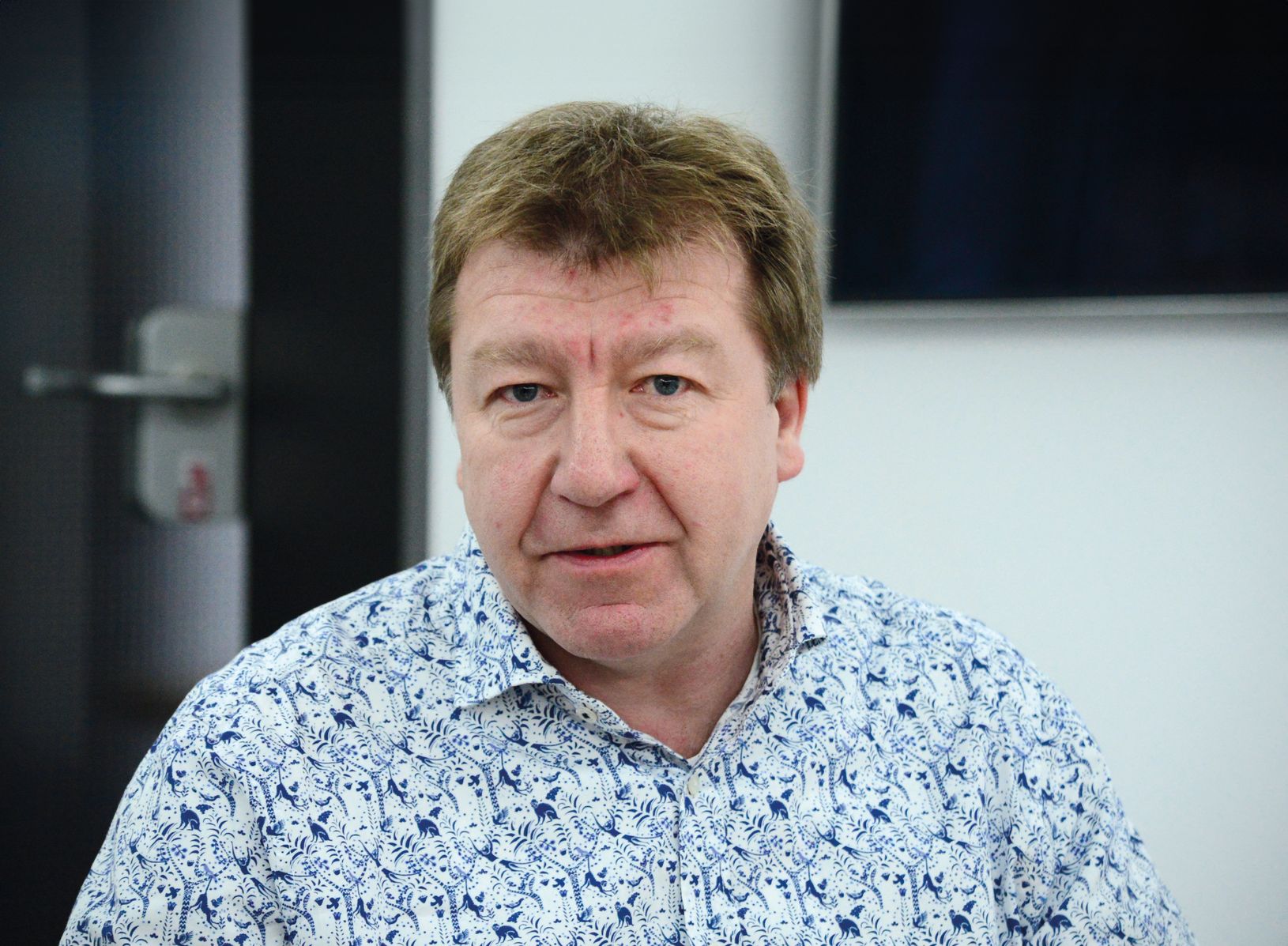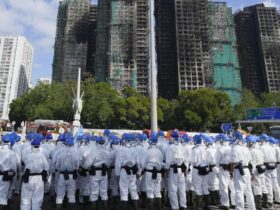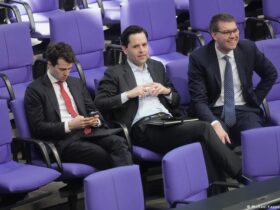This competence that Stemp and its employees exude to parents is the unique selling point that makes the company stand out in the children’s shoe segment. A striking example: When parents come to the store for their child’s first pair of shoes, there is a choreographed advice program. In around 45 minutes, parents are given everything they need to know about children’s shoes and feet. This is a consulting service and a marketing tool at the same time, as Stemp explains: “The parents should leave with an aha effect. Then they recommend us to their friends and relatives. In some cases, when it comes to pregnancy exercises, it is said: Once the child can walk, you have to go to Stemp. After all, the shoe store doesn’t advertise.
All employees should internalize the program at some point. You are encouraged and challenged. After two years, everyone has a WMS diploma hanging on the wall, and Stemp’s own diploma from 1987 is still preserved. Although that can only be a basis. Stemp itself trains every employee meticulously: “When I have a new full-time employee, we delve deeply into the topics for half an hour every few days. Which brands we carry and why, what makes them better or worse than others or how we measure.” As long as an employee has not yet “finished” training, a shoe goes into the hands of another person for a check before it is allowed to leave the house Stemp or a veteran to make sure it really fits. The customer should also be sure of this. That’s why you get a new pair on the house if a shoe you bought from Stemp leaves blisters or hurts. According to Stemp, this happens five to ten times a year and is another factor in fueling word of mouth.
And that seems to be working. Customers who drive 60 or 70 kilometers to the store are not uncommon. In individual cases they also travel 100 kilometers. In addition to the advice, the store stays in your memory thanks to small touches; for example, a changing table with diapers in three sizes and spare clothes so that a child does not have to go home wet if there is an “accident”. Of course there are also toys for the waiting children.






Leave a Reply